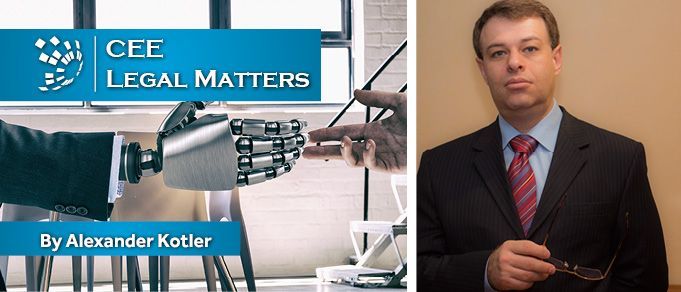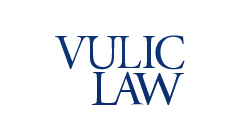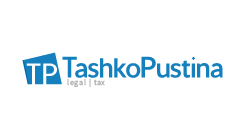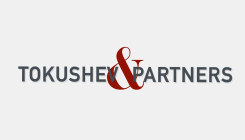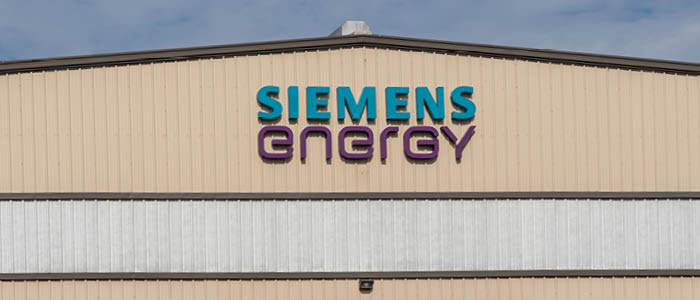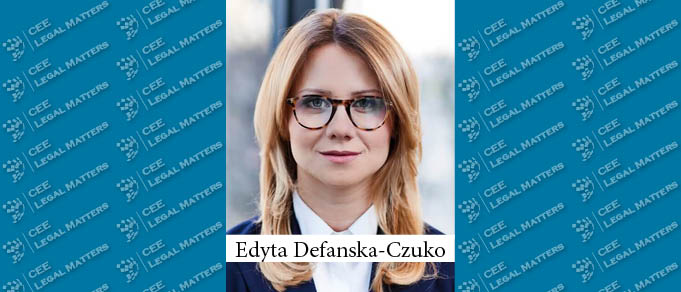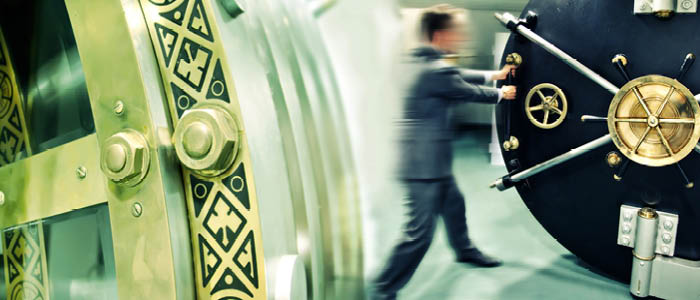For those who are part of a legal department of 20 in-house lawyers or more, are regularly invited by their Managing Director/CEO for breakfast (to speak about the weather and soccer results), and for whom workload and cost pressure are foreign concepts, there is no need to read further. For all others, welcome to the In-house Club: A club of increased pressure and an increased workload with an increased scope of duties and scarce resources and budget. Welcome to the world of, as Richard Buckminster Fuller put it, “To do more and more with less and less until eventually you can do everything with nothing.”
Hiring the Right People
In addition to hiring employees with appropriate education/work experience, finding employees with profiles indicating that they will be a good match for your legal team is a crucial factor in successful HR management and employee career development.
The Journey of Becoming an In-house Legal Team
Growing has never been easy. Think about your childhood, when during the night, you would feel pain in your legs without really understanding they were growing pains. The same thing happens when you start the journey of developing an in-house legal team. The key question is: How can we experience the growth together and start running towards to same goals as one unified team?
Developing an In-house Legal Team: Four Twos
The First Two: The Setup
It’s not the equivalent of announcing the discovery of a distant land to say there are two basic approaches in setting up an in-house legal function. The first is a more generalist approach, which works perfectly in companies which do not require very deep professional expertise in a particular area of practice on regular basis. Instead they require broad legal expertise across various areas.
External Counsel: Easy to Select and Manage? How to Evaluate Their Performance?
Introduction
External counsel play an important role to an organization, when engaged. The value of their contribution depends upon their experience and expertise. Therefore, selection of external counsel needs to be done carefully. Their engagement in itself is not enough. Once selected, constant interaction with them is necessary to evaluate their performance. In this article, an attempt has been made to articulate how external counsel can be employed to the utmost benefit of an organization.
The Importance of a Strong In-House Legal Unit
After working for over ten years in a large international law firm in the United States and another six years in an in-house capacity in Austria I have come to the conclusion that the team you create is the key to your success as a leader. No matter how smart, talented, driven or passionate you may be as a general counsel, the success of your legal department depends in a large part to a strong and motivated team that works well together in accomplishing the tasks and goals that come along.
What Mistakes Should Law Firms Avoid in Order Not to Lose Clients?
Selecting a law firm seems easy: For large transactions, you choose large international law firms. For less important cases, you may opt for smaller, specialized firms. However, assessing their work may be more difficult.
How Small Legal Departments Can Work with External Counsel
Throughout my career I have worked at small legal departments (and by that I mean departments with fewer than five people – small at least by Greek standards). They have their own characteristics and challenges. In my experience, they tend to rely heavily on the advice of external counsel, who often becomes a true partner of the in-house attorneys. This reliance becomes more pronounced when in-house counsel has to manage tasks across different jurisdictions. In those cases, engaging external counsel becomes indispensable.
Selection, Management, and Evaluation of an External Consultant
Nowadays, in many countries, the demand for legal outsourcing is increasing in response to the rapid development of certain business activities, and the necessity to hire an external consultant can arise in a company of any scale, status, and activity, whether an in-house lawyer is present or not.
Selecting Managing and evaluating the performance of external counsel: Keys to Success
The process of selecting external counsels is quite a challenge to management of an-house legal department and poses unavoidable risks. It has an important effect on the department’s relations with its internal clients and with executive management team members. It is a pity that in some cases this picture may be explained as “The cobbler’s children have no shoes.” The risks inherent in selecting external counsel may in the worst case trigger the chief legal counsel’s professional liability and even directors and officer’s liability when not managed and regulated properly. Accordingly, it is essential to review the specific terms to be applied while selecting the External Counsels (ECs). It is essential to perform conflict checks, review the EC’s market expertise, and analyze the EC’s relation with public authorities when selecting an EC, as is setting out key performance indicators in legal services agreements.
Russia: Uncertainty Over Personal Data Localization Legislation
You load the picture from your recent gathering of friends on Facebook. Immediately, and by itself, the website defines all the persons who are in the photo: surnames, age, habits, personal life. Everything is in the social network.
How to Prepare for the New EU Privacy Law? Tips and Suggestions for GDPR Compliance
As it is widely known, the General Data Protection Regulation (216/679 (EU)) (GDPR) was announced on April 27, 2016 and will be applicable as of May 25, 2018. Simultaneously the 95/46 EC directive (the “Directive”) will be set aside. Although the GDPR’s main concepts and principles are much the same as those of the Directive and thus the national data protection acts, the GDPR does prescribe certain new obligations (such as the DPO, the right to data portability, etc.) and a much higher limit of fines, suggesting that privacy will be taken more seriously in the future.
Doing Business But Keeping Personal Data Safe
As personal data privacy is increasingly considered an important human right deserving protection, and with the new EU Data Protection Regulation to become enforceable in Romania as of May 25, 2018, it is becoming more and more important for corporations not only to observe the general data protection rules on commercial transactions but also to ensure full internal legal and technical compliance for all employees having access to any personal data processed internally.
The Use of New Technologies in Modern Banking and Their Impact on the Legal Function with a Specific Overview on Legislation in Republic of Serbia
In a world where technological innovation grows so fast, a need to transform banking services from the classic model in which the client’s presence is required in the bank’s premises leads us to the new form of selling of the classic bank’s products.
Is software eating the legal profession?
“Software is eating the world,” observed entrepreneur and Hewlett Packard Enterprise Board member Marc Anderssen in his influential Wall Street Journal essay half a decade ago. Software’s appetite still seems insatiable as it continues to digitize bigger and bigger chunks of our analogue world. Hybrid cloud and edge computing, photonics and persistent memory, virtual and augmented reality, and artificial intelligence (AI) are the innovations that will harness the digital imprint of our reality for our benefit.
On Robo-Lawyers and Program-Based Lawyering
The reasonable reduction of costs is deemed an obligatory tactic of doing business. In this paradigm, performance of legal work by program, instead of lawyers, is considered to be beneficial. Such an approach can be reasonable if the protection of the employer’s interests is guaranteed to stay at least at the same level. The methodology seems obvious: automation of legal work, use of online services and blockchain systems, and solutions based on artificial intellect.
How General Counsel Can Weather the Digital Storm
EY is one of the four largest professional services networks in the world, together known as the “Big Four.” For a long time, the professional services industry was viewed as traditional and conservative, with the first professional services provided by legacy firms more than 110 years ago. However, it is undergoing fundamental changes today – the digital disruption poses challenges to all industries, and the professional services sector is no different.
Technology: Tool or Replacement?
More than 20 years ago, I was introduced to the Sophists Aristotle, Socrates, Euripides, Plato, and Protagoras: The first lawyers of the world.
















